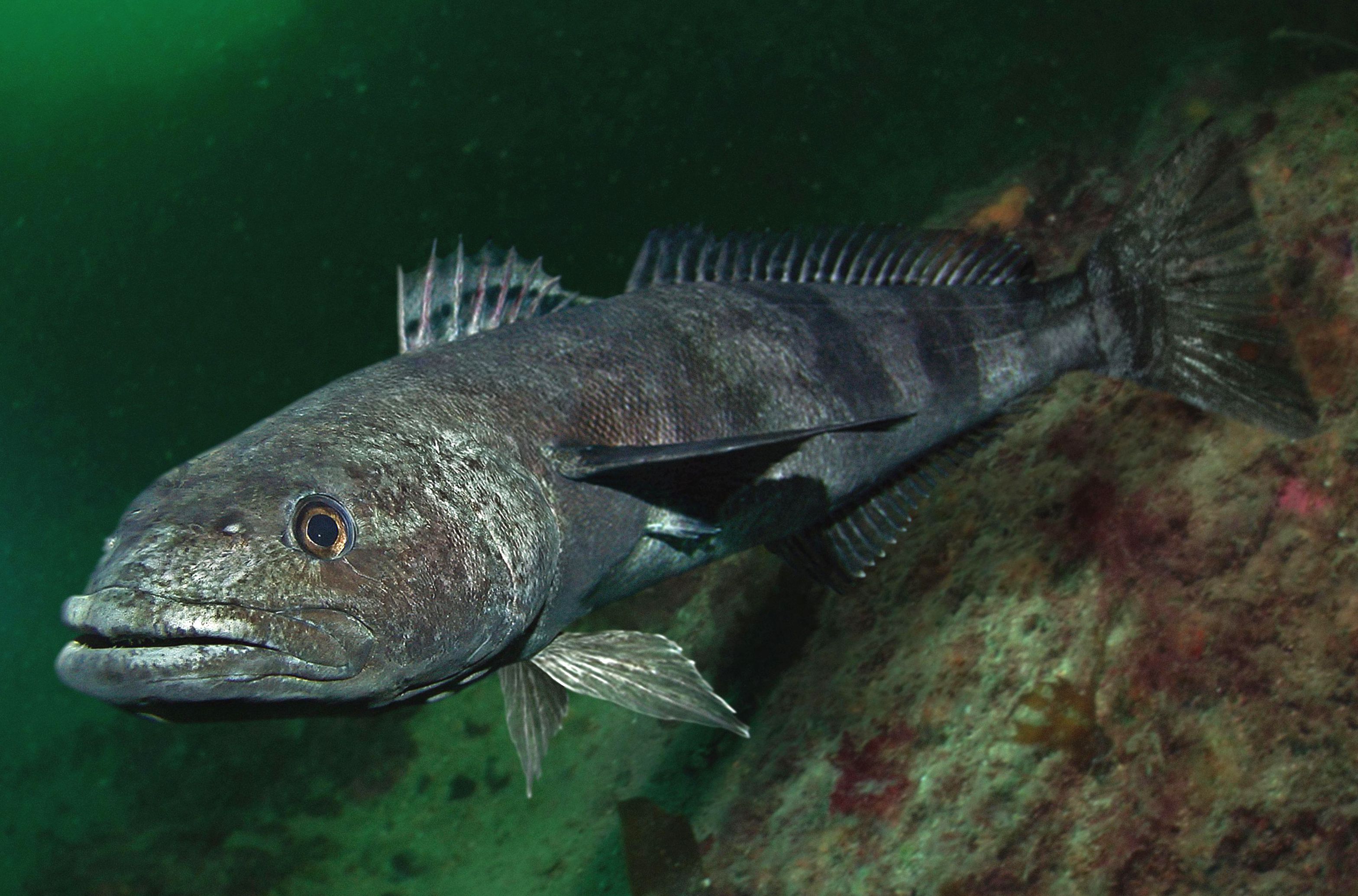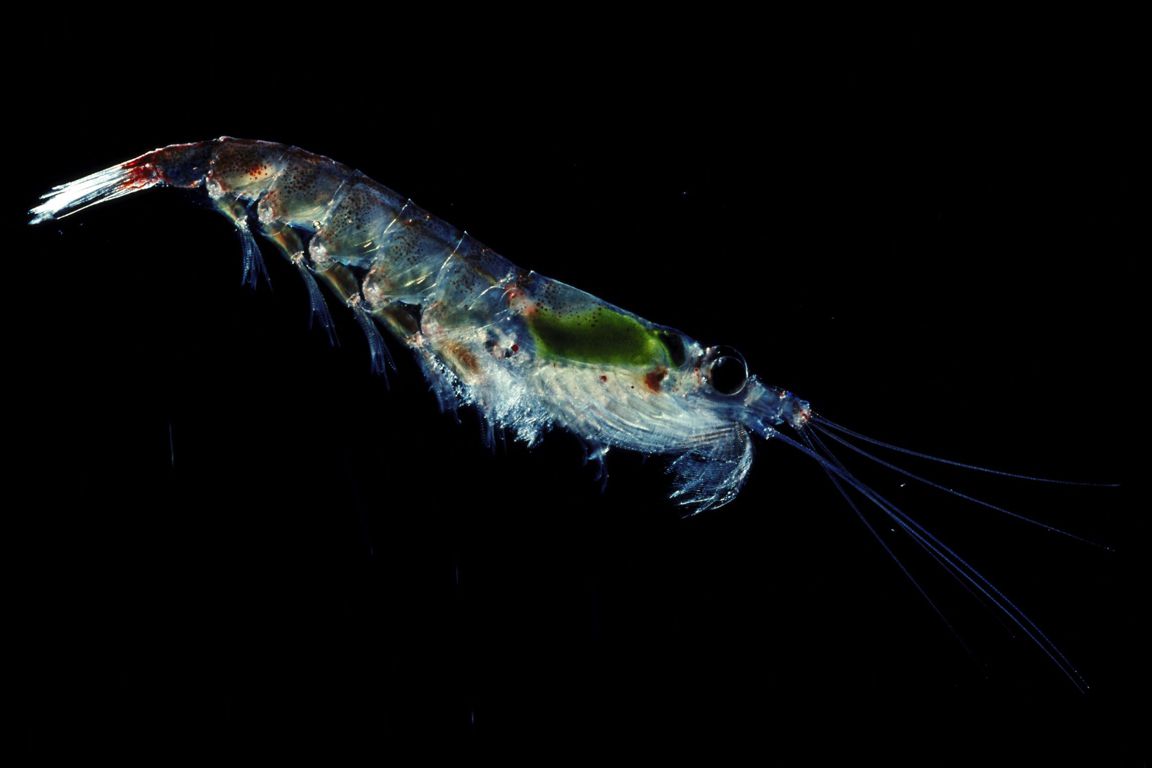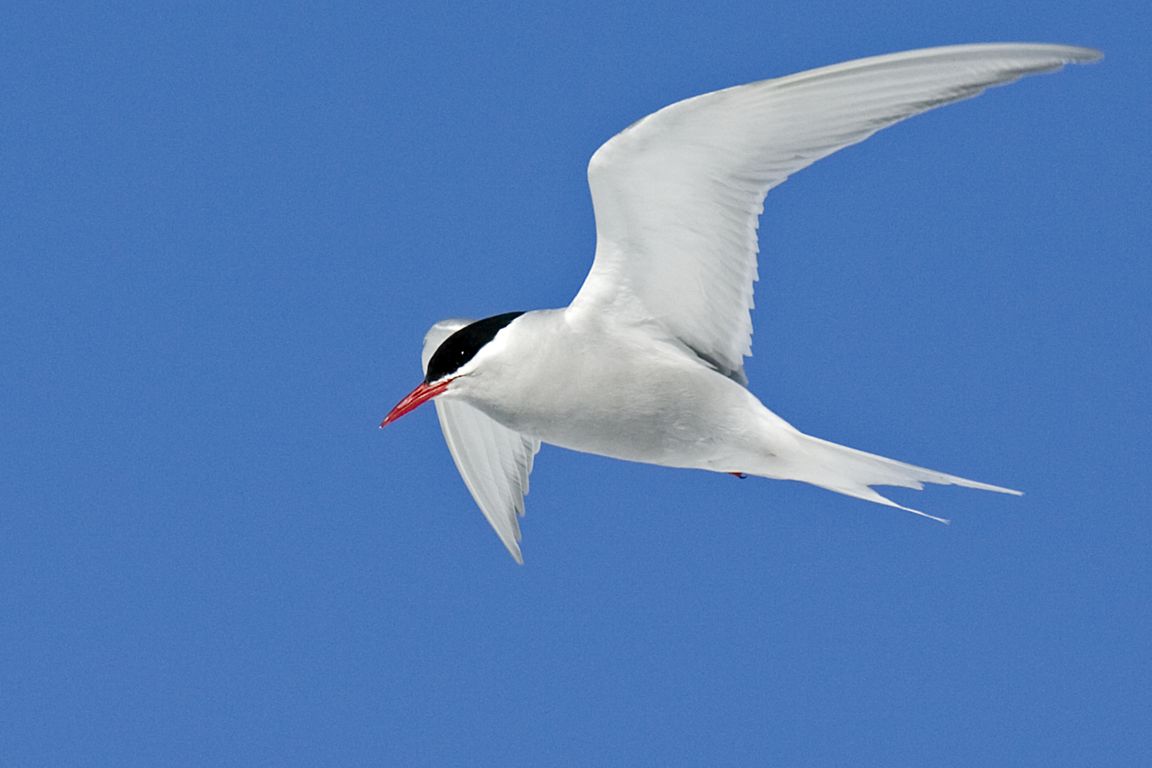 |
||
|
Toothfish The conservation of the Antarctic toothfish (Dissostichus mawsoni) and Patagonian toothfish (D. eleginoides), both of which are commonly found in the waters around Antarctica, is a major concern of the CAMLR Convention. The biological characteristics of toothfish (notably their longevity, large size, slow growth and late maturation) make them highly vulnerable to overfishing. |
||
|
Toothfish are harvested and traded internationally under different common names as a table fish in some places and sold to hotels, restaurants and supermarkets. Toothfish sold in Hong Kong are mainly imported from Australia, Argentina, Chile, and France in the form of chilled or frozen fish or as fish meat or fillet. Common market names include Chilean Seabass, Toothfish or White Cod. An identification guide for toothfish published by the Commission can be downloaded here.
To better protect toothfish from IUU fishing, CCAMLR has introduced Conservation Measures (CMs) covering catch quotas, limits on mesh size and onboard observers for toothfish fisheries. The Commission has also adopted a CM on a Catch Documentation Scheme (CDS) to monitor the origins of the toothfish caught and the associated trading activities. |
|
|
|
Other species Other harvested species protected under CAMLR Convention include icefish and krill, which are covered by CMs specifying catch quota and requiring the presence of onboard observers. The mackerel icefish (Champsocephalus gunnari) is a benthic fish species native to the Southern Ocean. The species was heavily exploited as a seafood delicacy in the 1970s and 1980s, resulting in the closure of the fisheries in the early 1990s. The Antarctic krill (Euphausia superba) is the dominant species of Euphausiacea, an order of small crustaceans, and these krill are found only in the Southern Ocean. They constitute the main diet of many marine predators in the Antarctic ecosystem. Antarctic krill used to be one of the most abundant animal species on the planet, but the numbers of Antarctic krill have fluctuated in recent years due to environmental changes.
Other species such as penguins and seals are also protected under CAMLR Convention through the establishment of marine protected areas and the introduction of habitat management measures. Seabirds are protected from resources harvesting by gear restrictions. An ecosystem monitoring program has also been established for the several indicator species in the Antarctic ecosystem, which will obtain the necessary information to enable a sustainable harvesting and resource management strategy to be developed. |
||
|
|
|
|
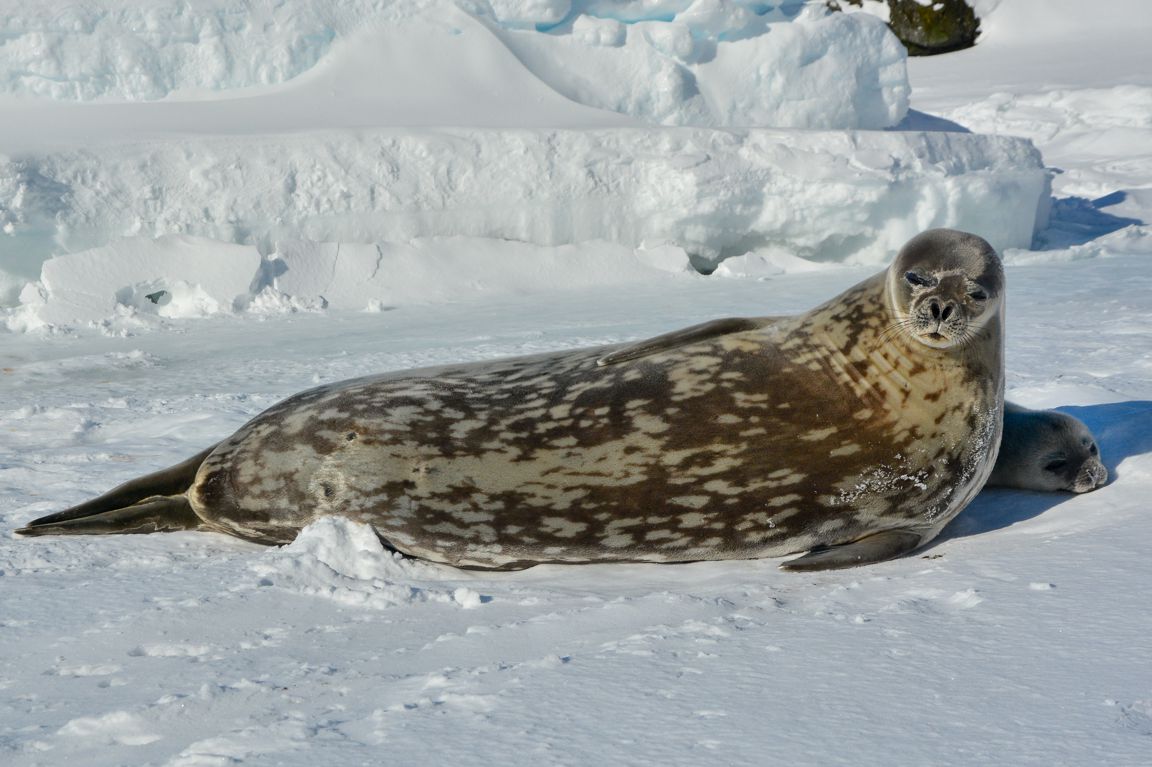 |
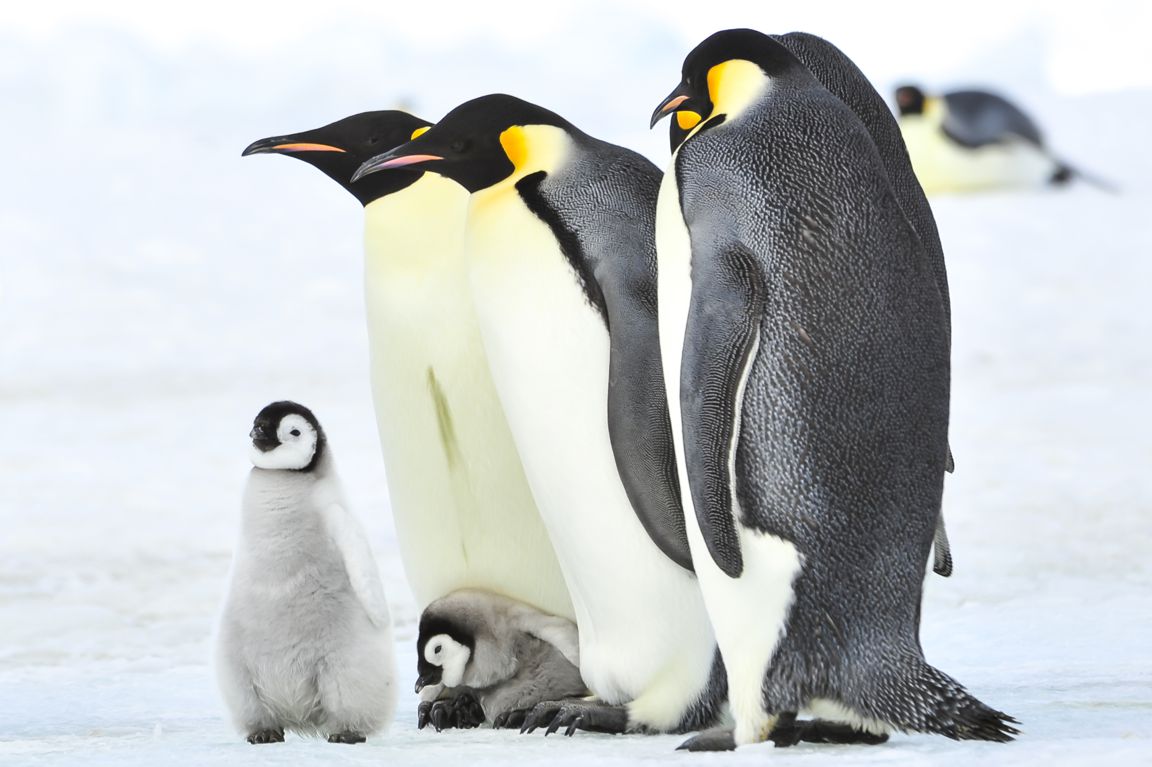 |
